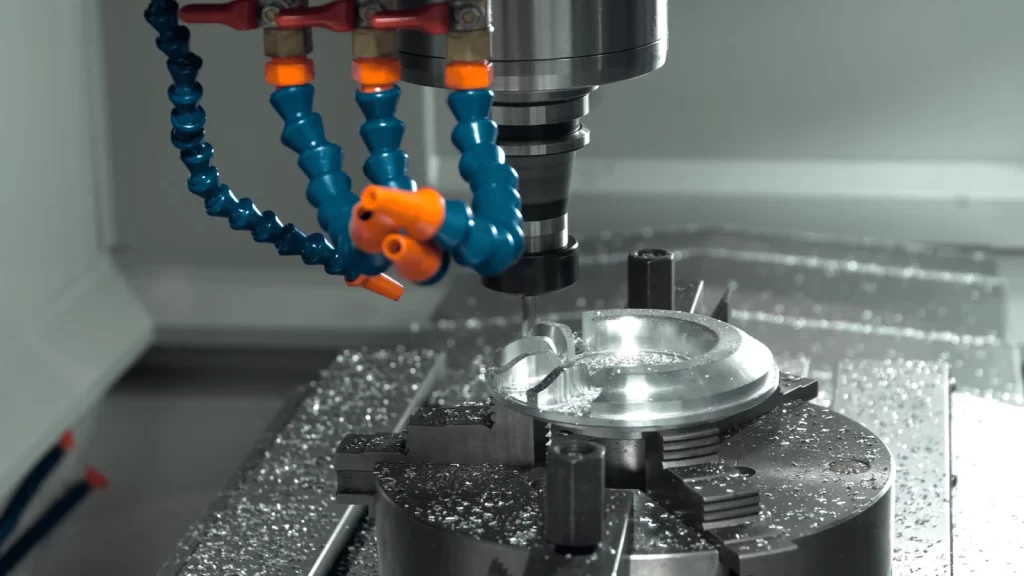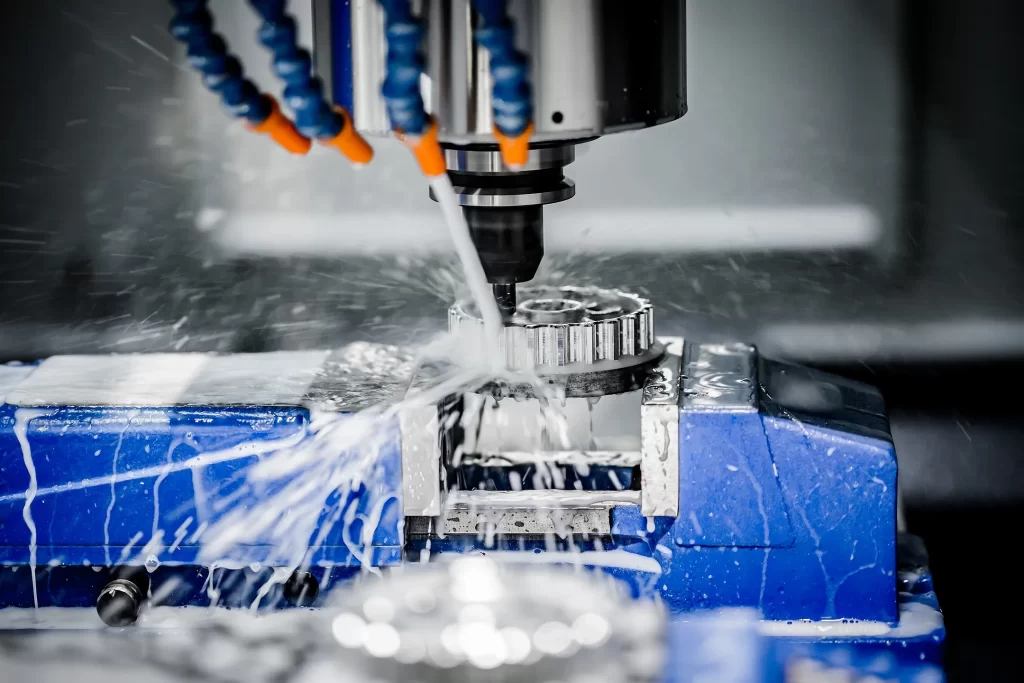High precision machining services are at the core of modern manufacturing, therefore enabling the production of accurate, reliable, and complex components used across a wide range of industries. From aerospace to automotive, the need for tight tolerances and high-quality finishes has made precision machining indispensable.
In this context, this comprehensive guide explains what high-precision machining is, how it works, its benefits, and where it’s used.
What Are High Precision Machining Services?
Machining involves removing material from a workpiece to create a part that meets exact design specifications. More precisely, it utilizes advanced machinery, particularly CNC (Computer Numerical Control) technology, to produce parts with extremely tight tolerances, often within microns.
As a result, these services ensure consistency, speed, and superior quality for both prototype development and large-scale production.
Core Processes in Precision Machining
Here are the primary machining techniques used:
CNC Milling
Primarily, CNC milling machines use multi-axis cutting tools to shape materials with exact precision, making them ideal for detailed and complex parts.
CNC Turning
In this process, the workpiece rotates while the cutting tool remains stationary. This process is commonly used to create symmetrical objects like rods and tubes.
Wire EDM (Electrical Discharge Machining)
On top of that, Wire EDM is used to cut hard metals with electrical discharges, offering high accuracy for intricate shapes and fine finishes.
Surface Grinding
Grinding delivers exceptional surface finishes and is perfect for parts that require smoothness and dimensional stability.
Materials Used in Precision Machining
A wide variety of materials can be processed using high precision machining, including:
Aluminum
Steel and Stainless Steel
Brass and Bronze
Titanium
Engineering Plastics
The choice of material depends on the application, durability requirements, and environmental conditions.
Key Benefits of High Precision Machining
Investing in precision machining services offers multiple advantages:
Tight Tolerances: Maintain exact measurements with minimal deviation
Consistency: Ideal for repeatable production with uniform results
Complex Geometries: Manufacture intricate designs with ease
Reduced Waste: Minimized material waste due to accuracy
Time-Saving: Speeds up the manufacturing process with automation
Applications of Precision Machining
Precision machining plays a vital role in various industries. For example:
Aerospace industries rely heavily on precision machining to produce aircraft engine parts, turbine blades, and other structural components.
When it comes to the automotive sector, gearboxes, suspension systems, and braking parts demand high accuracy and durability.
In the medical field, surgical instruments, prosthetics, and orthopedic devices require micrometer-level precision to ensure patient safety.
Electronics manufacturing benefits from precision machining in the creation of compact housings, heat sinks, and mounting brackets.
Finally, industrial equipment manufacturers count on these services for crafting custom machine parts and specialized tools.
Conclusion
Efficient and reliable manufacturing today relies heavily on high precision machining services. Whether producing custom components or handling large-scale runs, partnering with the right machining provider ultimately guarantees superior quality, consistency, and value. Moreover, gaining insight into the processes, materials, and applications enables better decision making for your production requirements.

